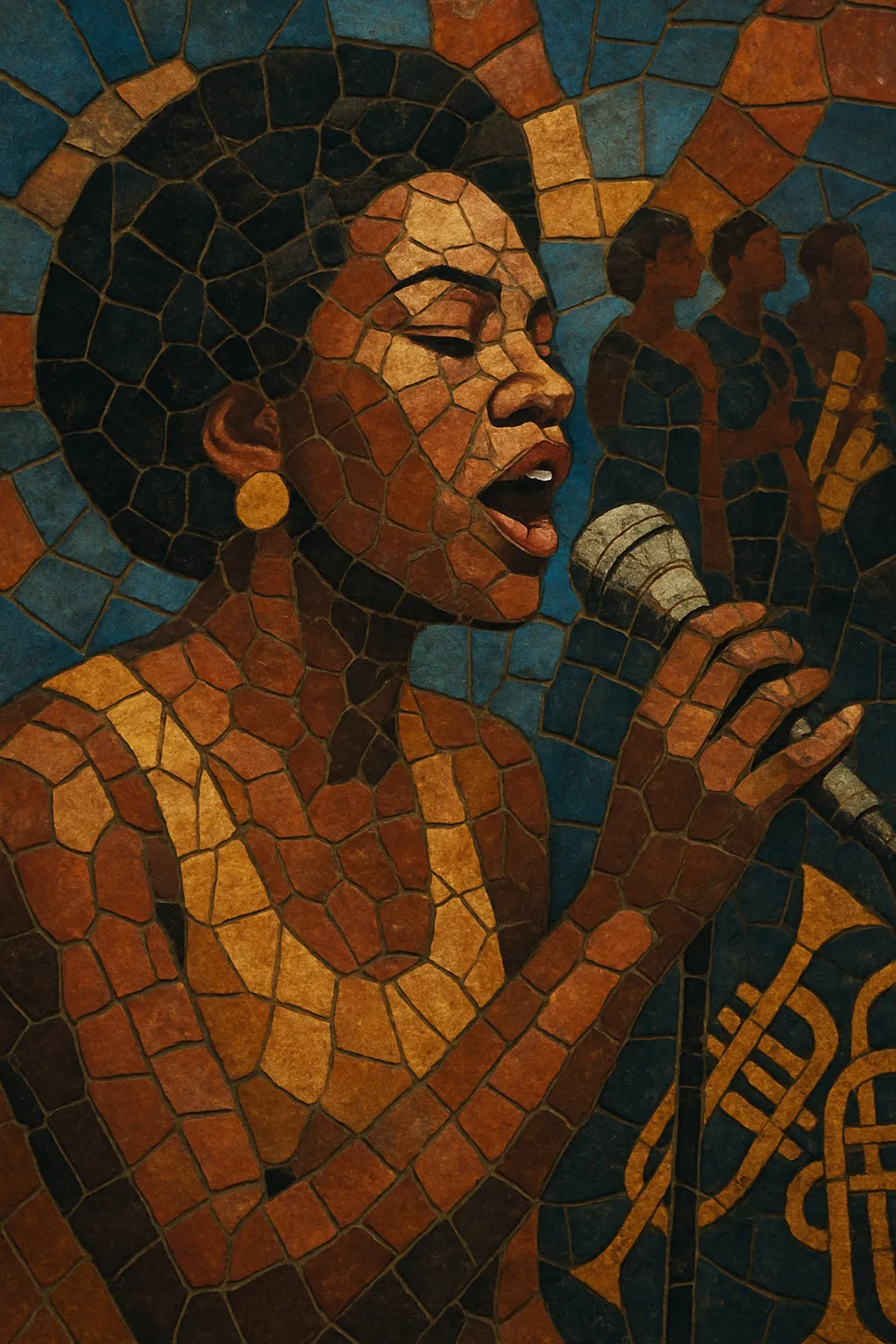
Classic soul is the 1960s–early 1970s strain of soul music that fused gospel's emotive vocals and church-derived harmony with the backbeat and instrumentation of rhythm & blues. It emphasizes powerful lead singing, call-and-response with background vocals, tight rhythm sections, and punchy horn arrangements.
The sound ranges from uptempo, danceable singles to deeply expressive ballads in 12/8 time. Production is typically warm and analog, with live bands, tambourine and handclaps on the backbeat, and arrangements crafted for immediacy and drama. Lyrical themes center on love, heartbreak, perseverance, community, and, at times, social conscience.
Soul coalesced when gospel’s vocal intensity and harmonic language met the secular grooves of rhythm & blues. Ray Charles and Sam Cooke were pivotal in bridging sacred and secular styles, adapting church phrasing and call-and-response to radio-friendly arrangements. New Orleans R&B, blues, doo-wop, and jazz harmony provided the rhythmic and harmonic toolkit.
By the mid-1960s, classic soul crystallized through distinct regional sounds. Motown (Detroit) refined sleek, pop-forward productions with intricate backbeats, handclaps, and string sweetening. Stax/Volt (Memphis) favored a rawer, gospel-fired approach with gritty vocals, Hammond organ, and brass stabs. Atlantic Records connected multiple scenes, amplifying artists across regions. This period produced era-defining singles and albums, with singers and vocal groups fronting impeccably drilled studio bands.
As the 1970s began, classic soul branched into smoother, orchestrated styles (Philadelphia soul) and funkier, groove-centered directions. Artists like Al Green linked the classic gospel-infused vocal tradition to lusher, subtler textures. Meanwhile, the rhythmic innovations of soul fed directly into funk and, soon after, disco.
Classic soul’s songwriting craft, vocal approach, and band arrangements shaped contemporary R&B, quiet storm, and neo soul, and were widely sampled in hip hop and G-funk. The UK’s Northern soul scene preserved and celebrated obscure 1960s soul records, ensuring the style’s ongoing global life on dancefloors and in record culture.

